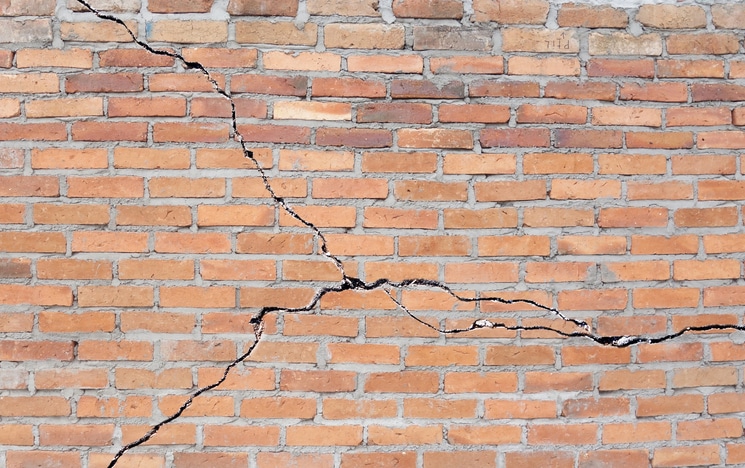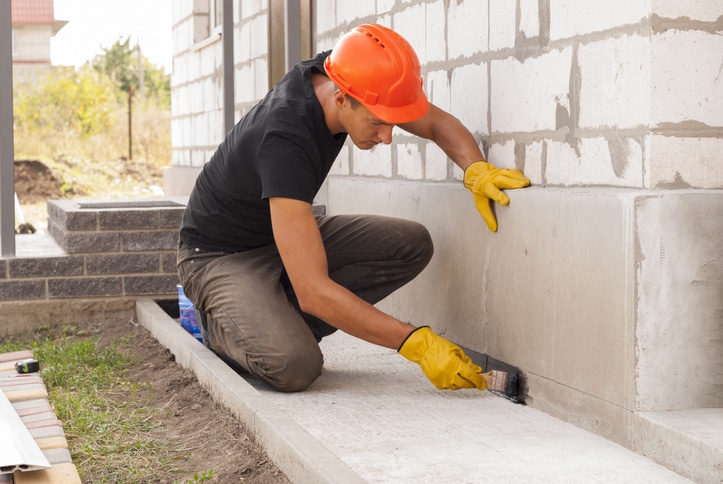As a busy homeowner, keeping tabs on the state of your foundation may not always rank highest on your list of priorities. When it comes to the structural integrity of your home, however, knowing which common oversights to avoid can help protect you from big – and expensive – problems down the road. Based on our decades of experience as a top-rated contractor for foundation repair services in the Plano area, Align Foundation Repair presents four of the most common home foundation mistakes that can put your house at risk.
Mistake #1: Failing to properly water your landscaping
What does landscaping have to do with your foundation?
Quite a bit, actually, especially if you have trees or shrubs growing close to your home. That’s because plants get their water by drawing it out of the nearby soil, making it drier in the process.
Yet your foundation relies on a balance of moisture to remain stable and strong. Dirt that’s bone-dry provides less of this essential support.
Fortunately, there’s a solution to this problem. Simply water your outdoor plants and shrubs on a regular basis. This will help them to stay healthy and beautiful while protecting your foundation as well.
Mistake #2: Renovating your home without checking the foundation first
The average American household spends almost $8000 a year on home improvements of one kind or another. This is great for the economy, of course. But certain types of residential projects can damage your foundation. This is especially true with renovations that add more weight to your home.
That’s why it’s a good idea to have a local foundation repair services company check things out before you start a major home improvement project. Otherwise, the renovation may end up costing you a lot more than you bargained for.
Mistake #3: Leaving erosion problems uncorrected
Gutters and grading are two of the most essential, yet most overlooked, ways to protect your foundation here in North Texas.
This goes back to the point we mentioned earlier about the soil around your home. The less of it there is, the more stress is put on your foundation. And nothing erodes soil faster than swiftly flowing water.
Stagnant water left after a downpour can weaken your foundation as well. For these reasons, we urge all homeowners to keep their property graded and have their gutters cleaned at least twice a year. The money you invest will more than pay for itself in the years to come.
Mistake #4: Ignoring existing foundation problems
When home foundations are in trouble, there are usually many indicators. Some of the most common things to look for are cracks along your home’s perimeter, doors that are hard to open or close, and floors that sag or buckle. If you notice any of these problems, call a qualified DFW foundation repair contractor right away.
Get peace of mind about your home’s foundation
Here at Align Foundation Repair, we help homeowners all across the Dallas-Fort Worth area by providing quality service at a price they can afford. We offer references, and our work is guaranteed. Check our DFW foundation repair locations and call us today for your free, no-obligation quote.







